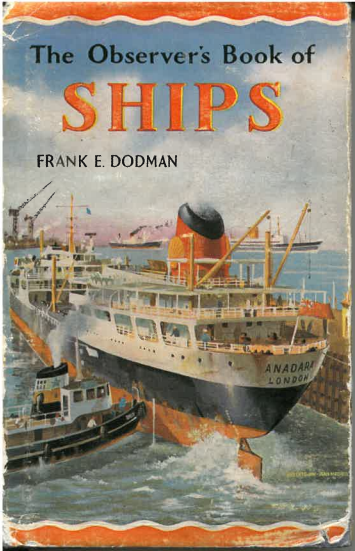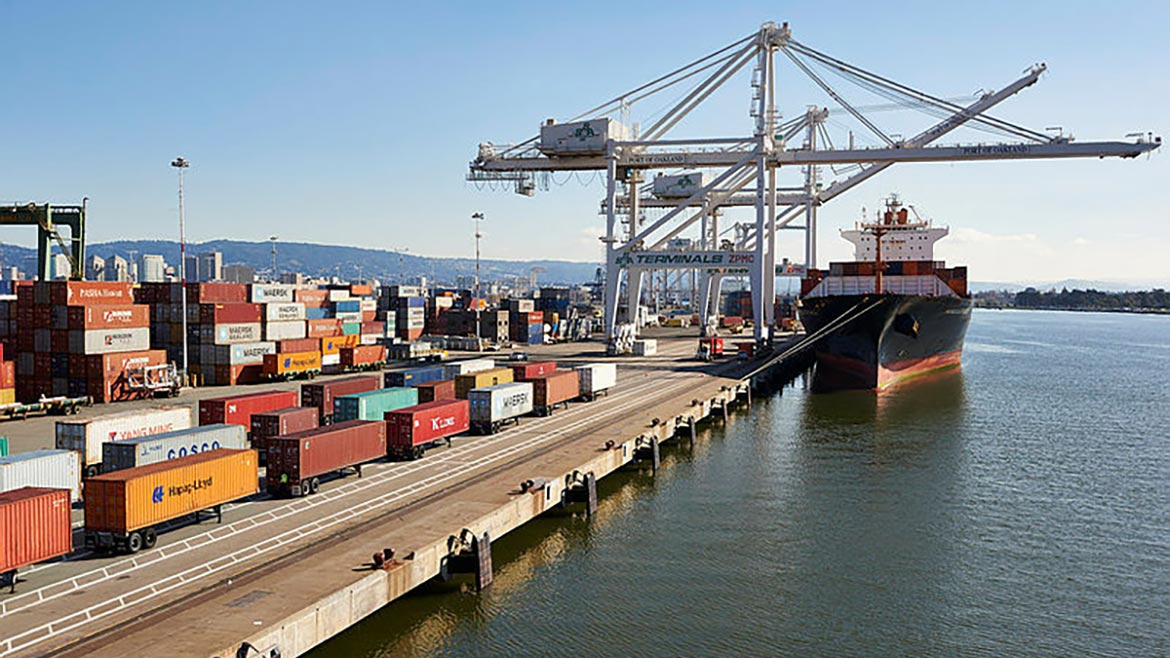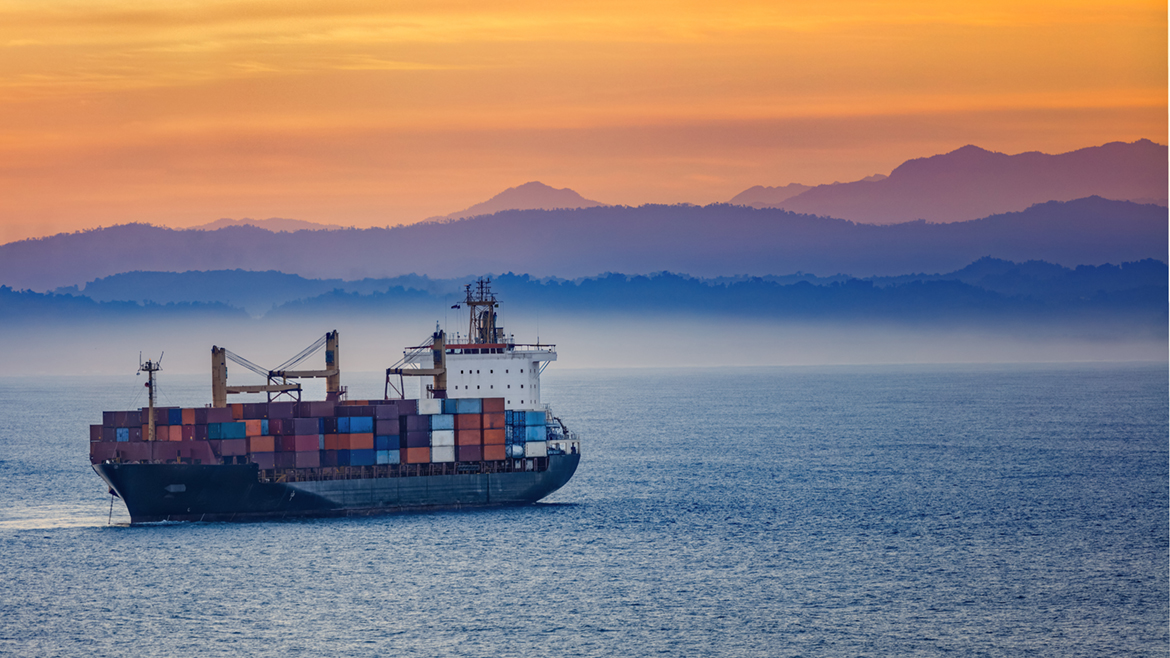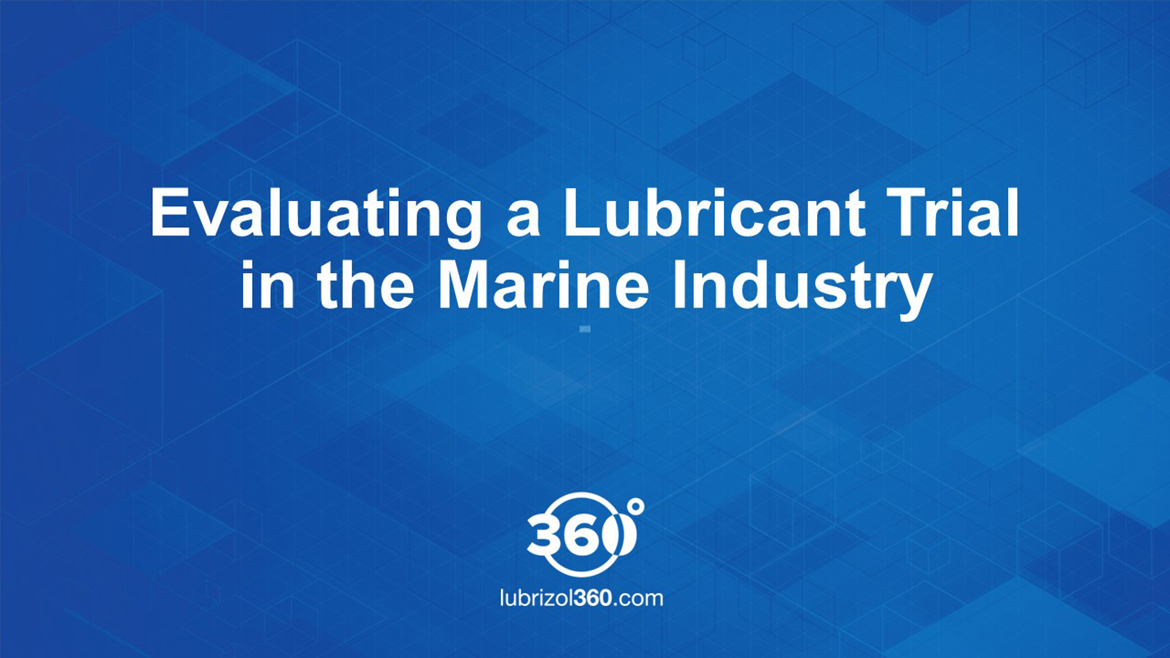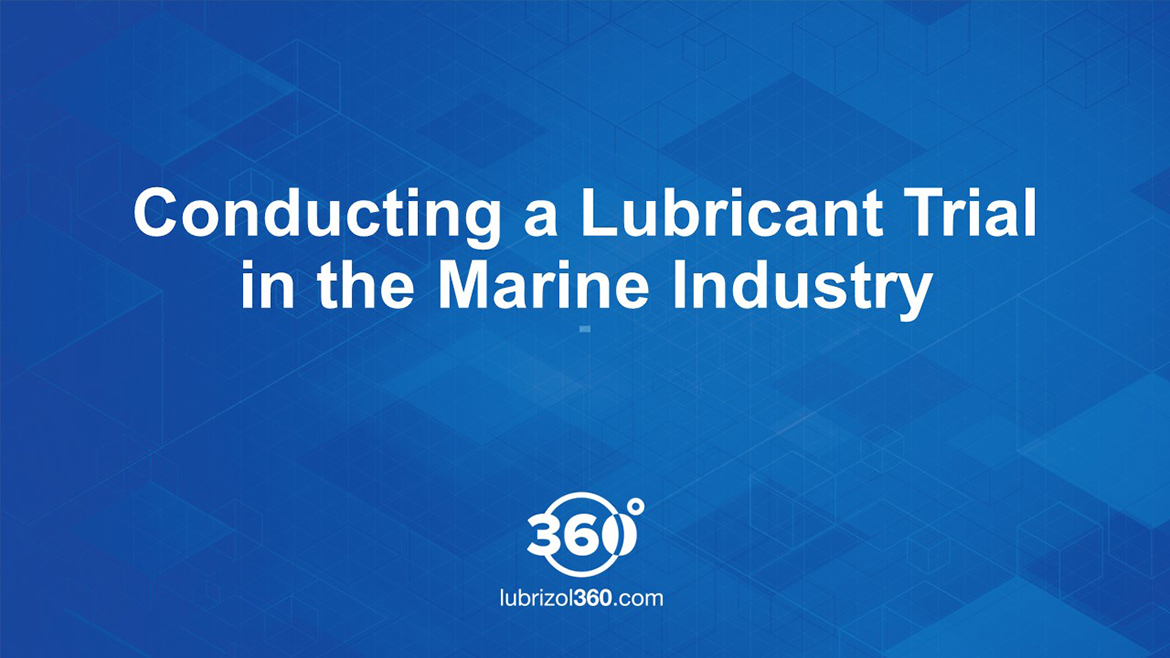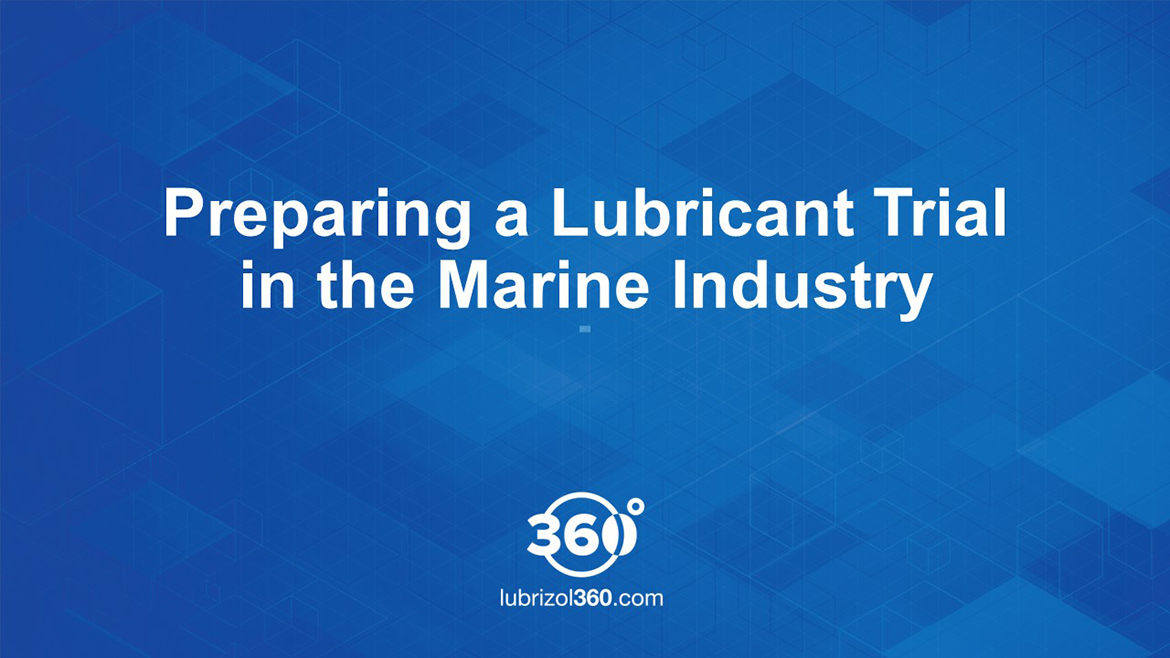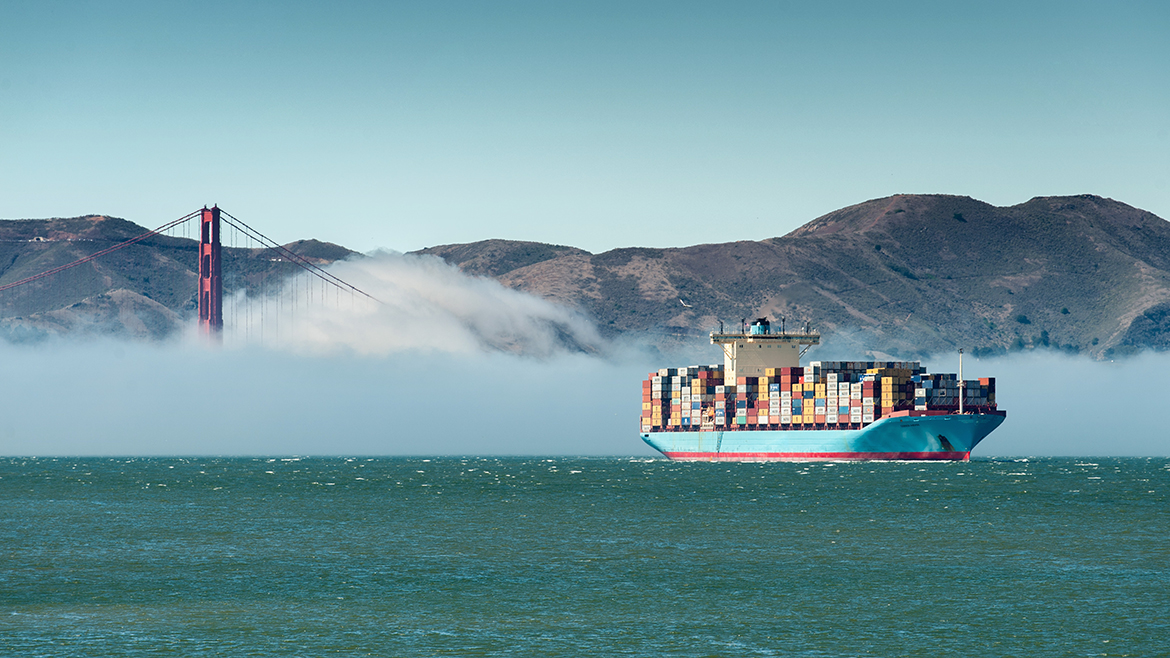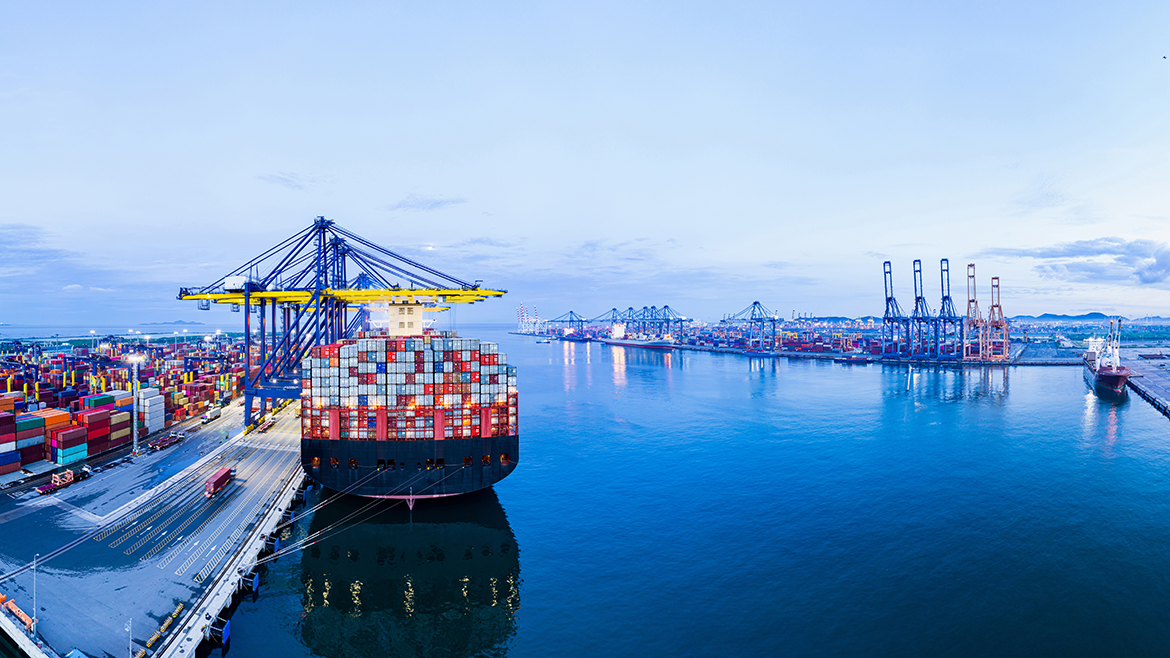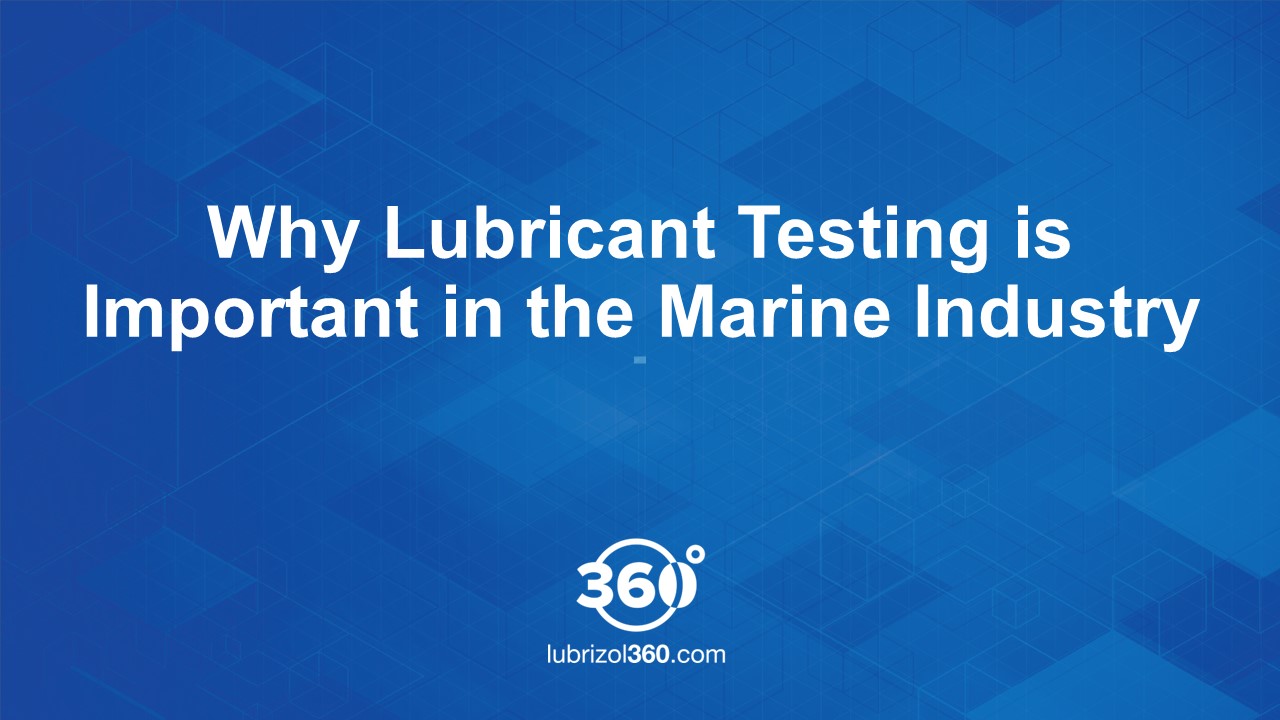Dec 5, 2023
Posted by Matthew Bentley, Product Manager, Marine Engine Oil
The 1968 book "The Observer’s Book of Ships," by Frank E. Dodman, is part of a series of small, pocket-sized reference volumes and provides a fascinating glimpse into the world of shipping 55 years ago.
Even though so much has changed since its publication, one can draw some interesting parallels between the transition to diesel engines back then and what we see today with the introduction of many new fuels and engine designs.
Then and Now
The book outlines how, in 1968, diesel engines were becoming widely adopted at the expense of more traditional options. To cite a line from the book, “Each year diesels are fitted to an increasing number of ships… It (the steam reciprocation engine) is now being replaced by the diesel motor in most classes of vessel.”
In 2023, diesel fuel oil is the mainstream option for global marine propulsion. Whilst the sulfur content of diesel fuel oil has had to adapt over time to comply with more stringent emissions regulations, it is used in most two-stroke engines today.
Although engines running on diesel fuel oil are dominant, it is key to highlight that a growing number of dual-fuel engines are entering the market as shipping pushes forward on its journey to decarbonization. Examples include growing sales of both liquid-natural-gas (LNG) and methanol engines, with the development of engines designed to operate on ammonia not too far behind. In many respects, the growth of dual-fuel engines as a percentage of new orders seems similar, in some ways, to that of diesel engines in the mid-20th century.
If we were to imagine a 2023 revision of this book, we might expect to see the following update: “Each year dual-fuel engines designed to operate on either LNG or Methanol are fitted to an increasing number of ships in place of engines solely running on diesel fuel oil. “
We'd likely also see a new section dedicated to the lubrication considerations of today's fuels and hardware.
The Evolution of Marine Lubricants
In contrast to the market of 1968, where high TBN lubricants were the focus, the range of engine lubricants required by today’s market is much broader and includes two performance levels of 40BN (MAN Cat. I & Cat. II) alongside 70BN, 100BN and 140BN solutions. This evolution is in response to the complex fuel scape and range of OEM hardware requirements we see in 2023. Indeed, we’re at an interesting point in time as the mosaic of fuels is expanding, and, notably, the role of high-performance lubricants is essential to provide the correct levels of protection.
Looking Ahead
If we look forward to 2035, the situation will have evolved again. We will have passed the IMO 2030 emissions legislation milestone, and the LNG and methanol engines that were becoming more common in 2023 will have established a strong market presence through 15-20 years of dual fuel engine sales and retrofitting. Sometimes described as a bridging fuel, and although it is less carbon-intensive than fuel oil, LNG is still a fossil fuel. Because of this, a potential scenario exists in which green methanol or ammonia engines overtake the sale of new LNG engines. Market demand for diesel fuel oil will still exist, but the share will have declined, and we will have seen the potential emergence of biofuels in the market to address emissions produced by diesel engines in the fleet.
Our View
The number of marine lubricants required by the market in the future will be similar to what we see today. The market will still need multiple tiers to cover the broad range of engine and fuel types. Importantly, though, the uptake of LNG and methanol engines will have driven the growth of high-performance 40BN cylinder lubricants as a proportion of the lubricant mix. Today, the industry is working hard to understand the challenges of lubricating two-stroke ammonia engines, which is a key piece of the puzzle when we talk about maritime decarbonization. That said, and despite the work needed, one thing is for certain: High-performance lubricants will play a key role in enabling the uptake of the alternative fuels required for the marine industry to meet its GHG reduction ambitions.

